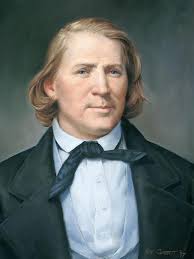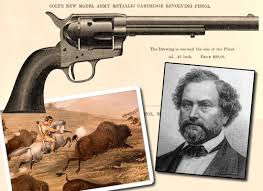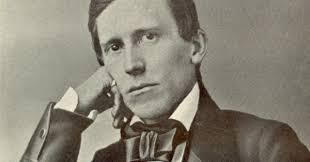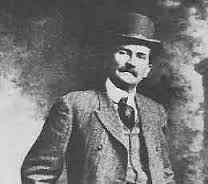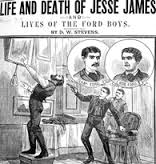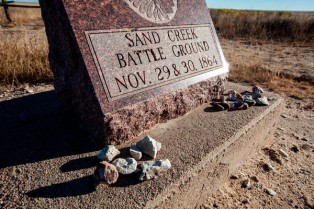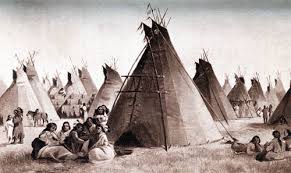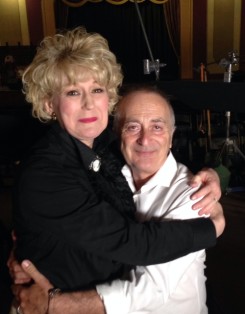
Sir Tony Robinson and the giant.
I’m deviating from my usual giveaway today to review my life as a giant. Recently I have had my picture taken alongside several fine people and I look like Andre the Giant’s sister in all of them. I did a documentary for the BBC with actor and knight Sir Tony Robinson a few weeks ago, and in the photos taken after the shoot of the two of us and I look like Ruth Buzzi if she were stung by a thousand bees.
I’ve always been big. My father used to try and console be about my height and general size by assuring me that I wasn’t fat just big boned. The last I looked there were no bones in the area that I’m most concerned about. But the effort, Pop was most appreciated.
Now physical exercise is not the answer. Years ago I remember watching a beefy President Bill Clinton exercising. He was living proof that physical exercise could be a complete waste of time. The more he jogged, the bigger he got. I recall thinking, if this guy is reelected, the leader of the free world will be Bib the Michelin Man.
I do notice I’m suffering from a chin crisis as I get older. If I don’t keep my head above sea level when pictures are taken I resemble the dinosaur that got into the jeep with the lost traveler in the first Jurassic Park movie.
When I think about I, the only exercise program that has ever worked for me is occasionally getting up in the morning and jogging my memory to remind myself exactly how much I hate to exercise. Well-meaning friends have suggest I start walking. Walking? If it’s so good for you, how come my mailman looks like Jabba the Hut with a quirky thyroid?
The treadmill? You take your eyes off the thing for one second and you end up like Gary Busey on…well, let’s say, any weekend.
I’ve thought about joining a gym, but honestly I think they’re too complicated. You know, there’s nothing quite as humiliating as finishing a thirty-minute workout on a piece of gym equipment only to have the instructor tell you you’ve been sitting on it backward.
I guess I only really have one fitness goal. I’d like to be able to run a few down and outs with the kids in my Bible study without having to take a two hour nap afterwards.
Enjoy the photos of the giant that accompany this diatribe. I guess we are what we are. Now, where’s that pizza?
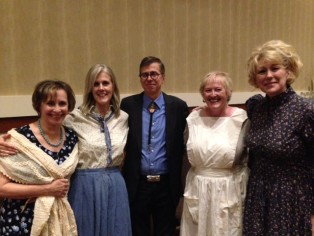
Members of the WWA Players. I’m the giant on the far right.

